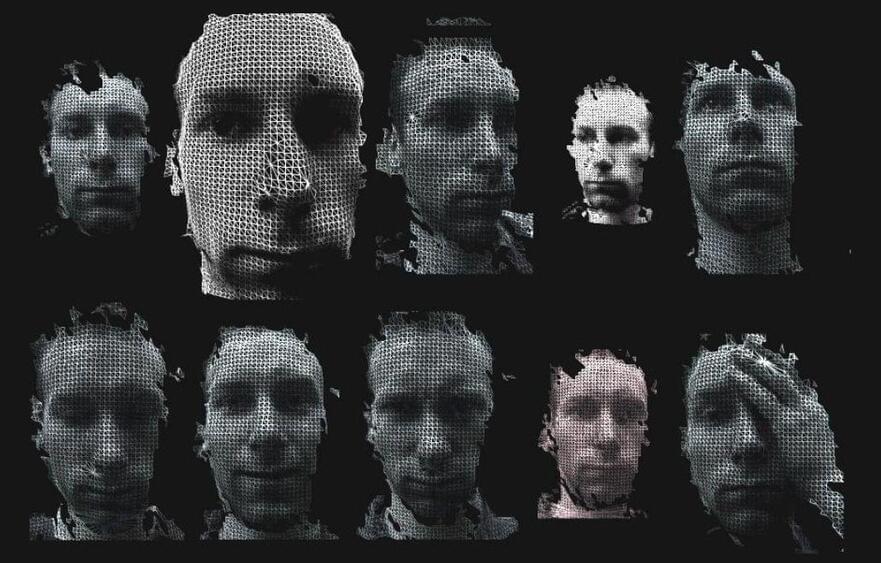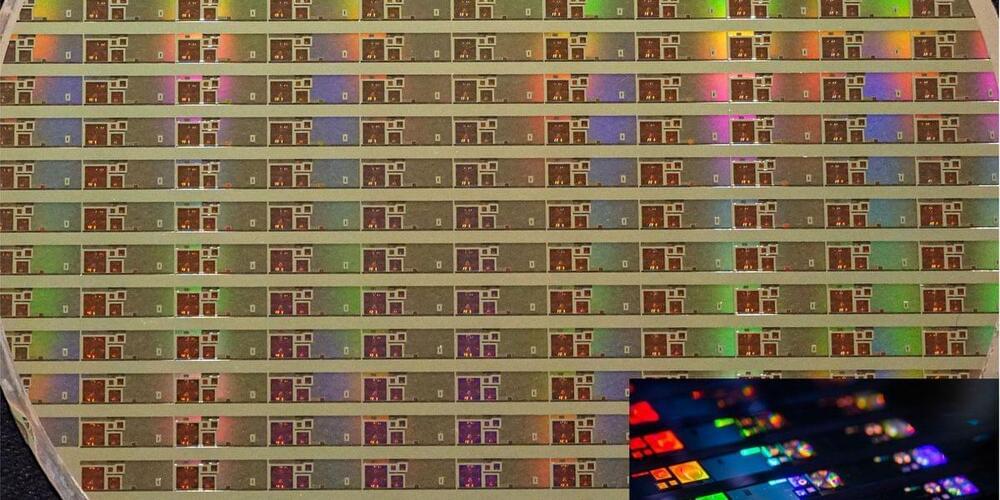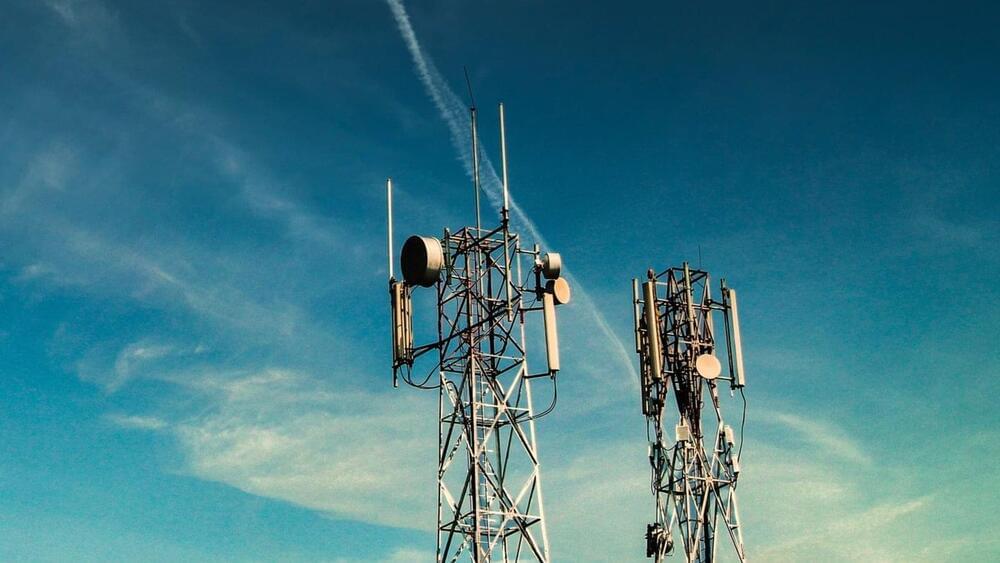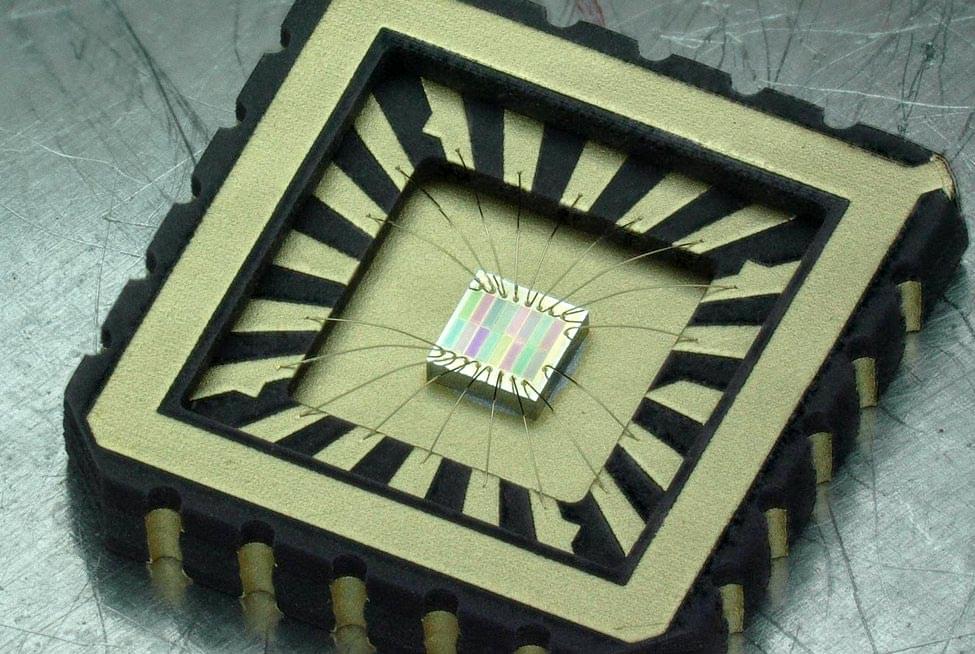A neural network identified a majority of anonymous mobile phone service subscribers using details about their weekly social interactions.



Researchers from Korea’s one of the best science and technology universities, KAIST’s Department of Bio and Brain Engineering, have developed a new artificial intelligence-powered light field camera that can read 3D facial expressions.
The highly capable camera uses a technique that uses infrared light to read facial expressions. Professors Ki-Hun Jeong and Doheon Lee led the research team which developed this artificial intelligence-enabled technology.
The newly developed light-field camera comes with micro-lens arrays in front of the image sensor, allowing it to capture the spatial and directional information of light in a single shot, making it tiny enough to fit into a smartphone.

This week, startup exiting stealth a year ago, previously announced that it was commercializing waveguides composed of silicon nanostructures as an alternative to traditional optics for use in mobile devices.
Metalenz recently began a partnership with ST Microelectronics to move its technology into mass production and expects to be shipping imaging packages sometime in the second quarter of this year, according to CEO Robert Devlin.

Google’s AR headsets, internally codenamed Project Iris, are expected to be released in 2024. Its device uses “outward-facing cameras to blend computer graphics with a video feed of the real world, creating a more immersive, mixed reality experience than existing AR glasses.” The hardware is “powered by a custom Google processor, like its newest Google Pixel smartphone, and runs on Android, though recent job listings indicate that a unique OS is in the works.”
Google Glass, the prior foray into AR, didn’t gain widespread consumer interest or adoption. The Verge says that the work on the project began to pick up speed recently. As of now, there isn’t a “clearly defined go-to-market strategy.” According to the Verge, Google is keeping the project secret, requiring “special keycard access” and “non-disclosure agreements.”
Facebook said it would hire around 10,000 workers around the world to build Meta and related products. A search on LinkedIn’s job board for “metaverse” shows thousands of listings. For people looking for fast-growing opportunities, you may want to look at pivoting into virtual and augmented reality and related opportunities in the metaverse.

Google has finally rolled out an option on Android allowing users to disable 2G connections, which come with a host of privacy and security problems exploited by cell-site simulators.
The addition of the option was spotted by EFF (Electronic Frontier Foundation), which calls the development a victory for privacy protection.

Content warning: this story contains descriptions of abusive language and violence.
The smartphone app Replika lets users create chatbots, powered by machine learning, that can carry on almost-coherent text conversations. Technically, the chatbots can serve as something approximating a friend or mentor, but the app’s breakout success has resulted from letting users create on-demand romantic and sexual partners — a vaguely dystopian feature that’s inspired an endless series of provocative headlines.
Replika has also picked up a significant following on Reddit, where members post interactions with chatbots created on the app. A grisly trend has emerged there: users who create AI partners, act abusively toward them, and post the toxic interactions online.
What if plants could tell us when pests are attacking them, or they’re too dry, or they need more fertilizer. One startup is gene engineering farm plants so they can communicate in in fluorescent colors. The result: a farmer’s phone, drone, or even satellite imagery can reveal what is happening in hundreds of acres of fields …
That leads to better food, fewer crop failures, and more revenue for farmers.
In this TechFirst with John Koetsier we meet Shely Aronov, CEO and founder at InnerPlant, and chat about what plants say, and how farmers can understand their messages.
Links:
Innerplant: https://innerplant.com.
Support TechFirst with $SMRT coins: https://rally.io/creator/SMRT/
Buy $SMRT to join a community focused on tech for good: the emerging world of smart matter. Access my private Slack, get your name in my book, suggest speakers for TechFirst… and support my work.
TechFirst transcripts: https://johnkoetsier.com/category/tech-first/

Miniaturized near-infrared sensor that could fit in a smartphone can analyze the chemical content of milk and plastics.
A TU/e research group has developed a new near-infrared sensor that is easy to make, comparable in size to sensors in smartphones, and ready for immediate use in industrial process monitoring and agriculture. This breakthrough has just been published in Nature Communications.
The human eye is a marvelous sensor. Using three different types of photoreceptor cone cells that convert visible light into signals for different colors, the eye gives essential information about the world around us.

On Tuesday, January 4, Panasonic announced that Redwood Materials would start supplying copper foil to its battery production facility in Giga Nevada. The Japanese tech giant announced the news during the 2022 CES tech trade show.
“Our work together to establish a domestic circular supply chain for batteries is an important step in realizing the full opportunity that EVs have to shape a much more sustainable world,” said Allan Swan, the President of Panasonic Energy of North America, at the latest CES tech trade show.
Redwood Materials, which former Tesla CTO JB Straubel founded, will be supplying Panasonic with copper foil made from recycled materials. The company recycles scripts from discarded electronics like cell phone batteries, laptops, power tools, and even scooters and electric bicycles. Redwood extracts materials like cobalt, nickel, and lithium, which are usually mined, from discarded electronics.
Athletes headed to the Beijing Olympic Winter Games are making final travel preparations, including keeping in line with China’s health measures on the “My 2022″ smartphone app. However, inadequate encryption measures within the app can leave Olympians, journalists and sports officials vulnerable to hackers, privacy breaches, and surveillance, according to a cybersecurity report by the Citizen Lab obtained exclusively by DW. Additionally, the IT forensic specialists found that the app includes a censorship keyword list. The findings come as international concern over digital safety at the Games mounts. Germany, Australia, UK and US have urged their athletes and National Olympic Committees to leave their personal phones and laptops behind and to travel with special devices over fears of digital espionage. The Dutch Olympic Committee outright banned its athletes from bringing personal phones and laptops due to surveillance concerns.
In the Olympic Playbook for athletes and team officials, the International Olympic Committee states that the “My 2022″ app is “in accordance with international standards and Chinese law.” But based on its findings, Citizen Lab concludes that the insecure transmission of personal information “may constitute a direct violation of China’s privacy laws.” This is because China’s data protection laws require that a person’s health and medical records held digitally be transmitted and stored in an encrypted manner. Citizen Lab’s findings also raise questions concerning two Western tech giants that carry the “My 2022″ app: Apple and Google. “Both Apple’s and Google’s policies forbid apps to transmit sensitive data without proper encryption, so Apple and Google will need to determine whether the app’s unresolved vulnerabilities warrant delisting,” Citizen Lab’s Knockel told DW. The Beijing Organizing Committee has stood by its app, however, saying it “passed the examination” of international mobile application markets such as Google, Apple and Samsung.“We have taken measures such as personal information encryption in the app to ensure privacy security,” the committee said Monday to Xinhua News Agency.
The Winter Games, which kicks off on February 4, marks the second Olympic Games during the COVID-19 pandemic. Just as at the Tokyo Summer Games, tracking athletes’ health is required. According to the official Playbook of the International Olympic Committee (IOC), athletes, coaches, reporters and sports officials, as well as thousands of local staff, are required to put their information into either the “My 2022″ smartphone app or website. The app, which was developed in China, is designed to monitor the health of all attendees and staff as well as trace possible COVID-19 infections. Passport data and flight information must be entered into the app. Sensitive medical information related to possible COVID-19 symptoms are also required, such as whether a person had a fever, fatigue, headaches, a dry cough, diarrhea or a sore throat. Those coming from abroad must start entering health data 14 days before arriving in the country. Many countries use a contact tracing app to help combat the pandemic. But “My 2022″ combines contact tracing with other services: It regulates access to events, acts as a visitor’s guide with information on sporting venues and tourist services, as well as providing chat functions (text and audio), news feeds and file transfers.
Subscribe: https://www.youtube.com/user/deutschewelleenglish?sub_confirmation=1
For more news go to: http://www.dw.com/en/
Follow DW on social media:
►Facebook: https://www.facebook.com/deutschewellenews/
►Twitter: https://twitter.com/dwnews.
►Instagram: https://www.instagram.com/dwnews.
Für Videos in deutscher Sprache besuchen Sie: https://www.youtube.com/dwdeutsch.
#Beijing2022 #WinterOlympics #China